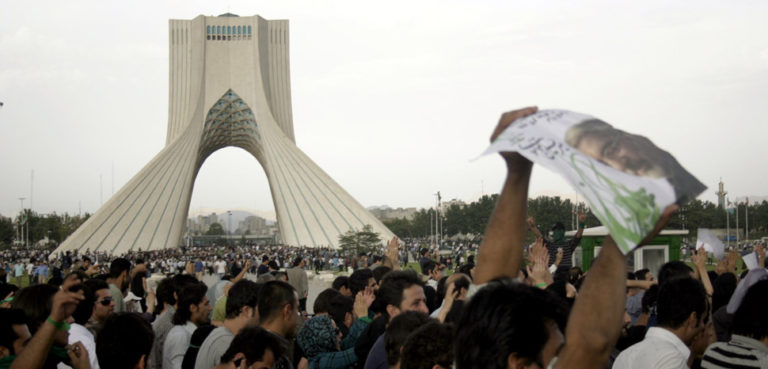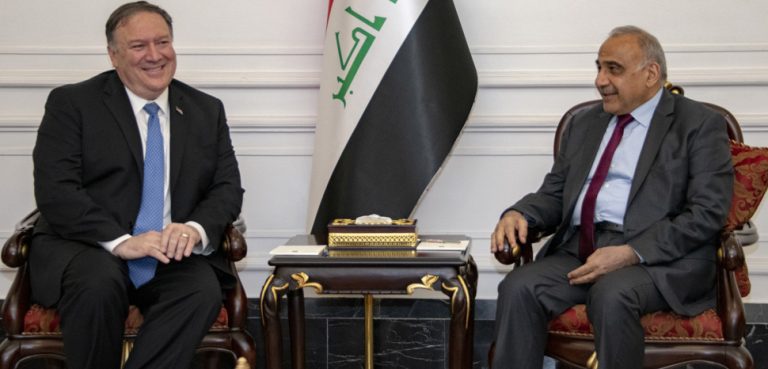Iran’s presidential elections have long been a stage between two major factions: those advocating closer ties with the West and revolutionary hardliners favoring the East. These latest elections vividly highlight the deep connection between Iran’s domestic and foreign policies—a political theater of moderates versus extremists. While the prevailing Western perception is that Iran, as a revolutionary government, lacks the rationality for calculated diplomacy and has never sought to be a “normal” state, this view fails to capture the full picture. The current state of Iran’s internal politics, to some extent, is a direct result of Western policies—whether intentional or not.
For several reasons, Masoud Pezeshkian’s presidency offers a rare chance to break the stalemate in Tehran’s relations with the West. The problem, however, is the pattern that has played out repeatedly in US foreign policy: strengthening the position of religious hardliners in Iran and derailing structural reforms. A look at recent history reveals how Washington’s policies have unintentionally driven Iran toward radicalism, preventing it from becoming a normalized state within the global order.
The first of these US policies was the destruction of diplomatic channels. It is widely acknowledged that the U.S. withdrawal from the 2015 nuclear agreement—despite Iran’s compliance with the deal for two years and 15 verified inspections—was a blatant rejection of international agreements and norms, many of which the U.S. helped to create. This wasn’t the first time U.S. policy undercut diplomacy. In 2001, Iran played a constructive role in intelligence cooperation with the U.S. in the fight against the Taliban and helped form the Afghan government during the Bonn Conference. Iran also remained neutral during the U.S. invasion of Iraq. At the time, President Khatami, a champion of dialogue with the West, led Iran, and the political structure was not yet poised to oppose him. However, George W. Bush’s infamous “Axis of Evil” speech erased years of diplomatic efforts and derailed the progress made during the Clinton-Khatami era. This led to a series of escalating confrontations, including Iran’s nuclear ambitions under Ahmadinejad, regional militarization, and the rise of the Revolutionary Guards (IRGC) as a “state within a state.”
These developments were exacerbated during Donald Trump’s presidency, who, after years of painstaking negotiations, abruptly pulled the U.S. out of the nuclear deal. This decision revived far-right elements within the Iranian regime, leading to a unified political front that suppressed opposition and pushed Iran toward 60% uranium enrichment while reducing its security commitments to the West.
Had it not been for the Iranian President Ebrahim Raisi and his hardline foreign minister perishing in a helicopter crash, the region could have been on the brink of a full-scale war involving the United States. Now, however, with the rise of reformists and Masoud Pezeshkian in office, there’s a new—perhaps final—opportunity to resolve the deadlock between Iran and the West. At present, two major issues remain critical: Iran’s nuclear file and the ongoing Middle East crises. These are key tests for the US diplomacy with Iran. So far, the Americans have managed to stall any reform process in Iran and have helped empower Iran’s hardliners; but the international context is different now, and Iran has more freedom than ever to act as global instability grows.
The potential return of Trump to the White House, coupled with escalating tensions between Washington and Beijing, as well as the ongoing Ukraine war and Israel’s deepening conflict in the Middle East, could make the situation even more dire. If Iran’s sanctions over its nuclear program remain unresolved, Tehran has several options, including provoking conflict between Israel and Lebanon, disrupting shipping lanes in the Red Sea and Bab-el-Mandeb Strait, pursuing the development of nuclear weapons, or inviting China and Russia into the Persian Gulf by offering military bases in strategic regional waterways.
Iran’s potential role as a Trojan horse for China and Russia in the region could reshape global security and geopolitics. For the United States, now is the time to pivot away from the Middle East and focus on larger strategic and geopolitical crises. The outcome of the Ukraine war could also shift dramatically with the formalization of a security pact between Tehran and Moscow, a move that would profoundly impact the West and Europe.
Given these dynamics, the United States should seize the opportunity presented by Iran’s internal political shift. If diplomacy fails again, Iran will continue its pivot to the East, deepening ties with China and Russia—a scenario Washington cannot afford. As the sanctions regime drags on, it fuels the rise of hardliners and militarization within Iran, making future diplomacy even more difficult. Given US efforts to curb the IRGC’s influence in the region and domestically, a deal over Iran’s nuclear program could serve as a critical trust-building step. Failure to adhere to international commitments will likely force future negotiations to focus on the number of nuclear weapons Iran possesses rather than preventing their development.
If diplomacy is truly the art of negotiation and adherence to agreements, now is the time for both sides to build trust and shift from confrontation to cooperation, resolving the Middle East crisis at its root.
The views expressed in this article belong to the author(s) alone and do not necessarily reflect those of Geopoliticalmonitor.com.




